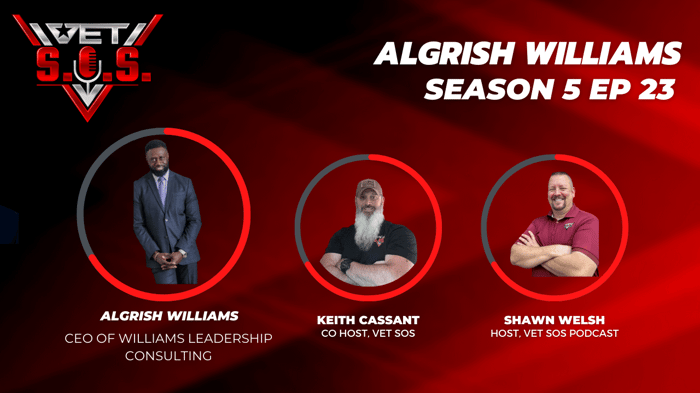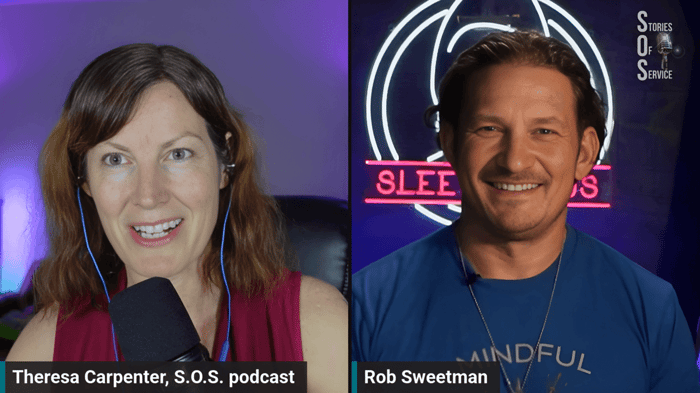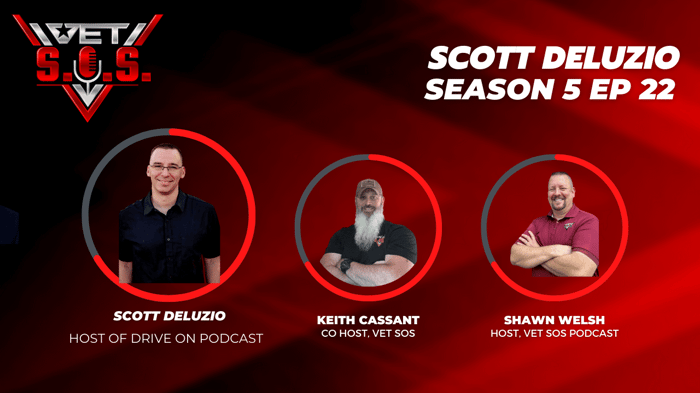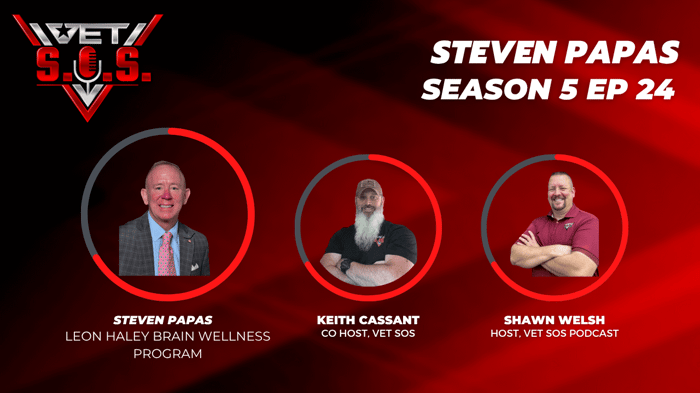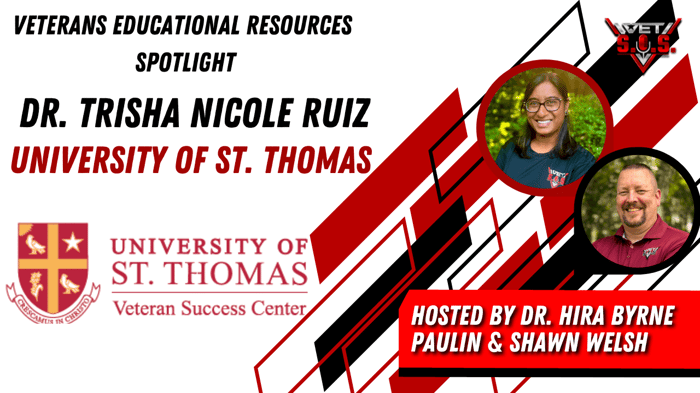Lead With Purpose: How Algrish Williams Is Redefining the Veteran Transition Journey
The journey from active duty to civilian life is rarely linear, and for many, it can be disorienting and overwhelming. Episode 150 of the VET S.O.S. podcast shines a spotlight on the veteran transition challenge as we sit down with Algrish Williams—a retired Command Sergeant Major, published author, consultant, and founder of Williams Leadership Consulting.
This milestone episode is more than just a celebration of longevity for the podcast; it's a powerful, heartfelt exploration of what it really takes to navigate the veteran transition process successfully. Through personal stories, practical insights, and years of leadership experience, Algrish shows us that purpose doesn’t end when the uniform comes off—it evolves.
Breaking the Chains of Command: A Senior Leader’s Transition Challenge
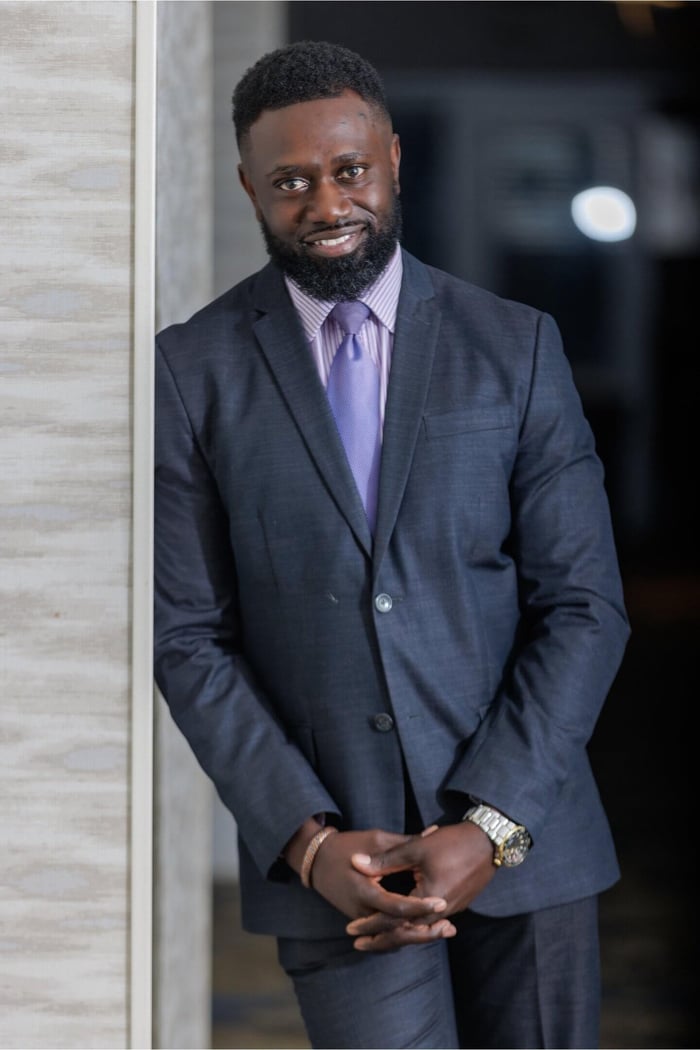 Algrish Williams
Algrish WilliamsFor senior leaders like Algrish, the veteran transition journey comes with its own unique set of obstacles. As a garrison Command Sergeant Major, he led operations involving over 1,400 civilians and was responsible for vital community functions like housing, medical coordination, and exchange services. Letting go of those responsibilities—especially when soldiers and families still needed support—was not easy.
“When you're in the command chair, it’s hard to step away. You built it, you care about it, and you don't want to see it falter.”
This sense of ownership can actually delay a proper transition. Many senior leaders hesitate to take advantage of programs like SkillBridge or networking opportunities because they feel their departure will create a gap. Algrish’s story highlights the importance of preparing not just logistically, but emotionally for the veteran transition process.
Purpose Beyond the Uniform: Redefining Identity
Algrish makes a powerful distinction early in the conversation:
“The uniform didn’t define us—it enhanced us.”
That single statement encapsulates the emotional and psychological transformation many veterans must undergo. Transitioning isn’t just about finding a new job. It’s about rediscovering who you are outside the chain of command. For Algrish, this meant embracing a new purpose through service in a different form—mentoring others, writing, and consulting.
Building a Game Plan: The 4-Quadrant Strategy for Transition
Algrish didn’t stumble into his post-military success. He engineered it. In the early stages of his transition, he created a “4-quadrant chart” to help clarify his path. This chart broke down:
Industries he was interested in
Things he didn’t want to do
Organizational cultures that matched his values
His transferable skills
This strategy helped him cut through the noise and focus his energy on meaningful opportunities.
“You’ve got to take the time to identify what you don’t want so you can chase what aligns with who you are.”
For anyone navigating a veteran transition, this kind of clarity is priceless. It saves time, reduces stress, and helps build a stronger personal brand.
Translating Skills: From Army Jargon to Corporate Speak
A common pain point in the veteran transition process is translating military roles into civilian language. Algrish emphasizes the power of curiosity and continuous learning:
“I’d hear terms like project management, and I’d ask, ‘What does that mean?’ Then I realized—oh, that’s just ops.”
Platforms like LinkedIn Learning, YouTube, and even AI-driven tools can help veterans connect the dots between what they did and what the corporate world needs. But it starts with humility and initiative—two things Algrish says are critical for success in the civilian world.
Consulting With Purpose: The Birth of Williams Leadership Consulting
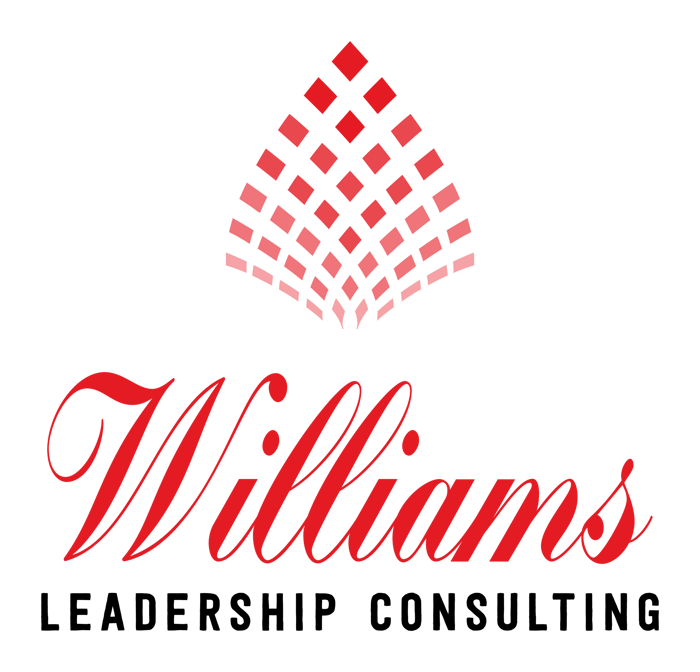 Algrish’s next chapter began with frustration. After submitting a leadership article at his civilian job, he was disappointed to see it rewritten to match corporate branding. The content lost its voice—his voice.
Algrish’s next chapter began with frustration. After submitting a leadership article at his civilian job, he was disappointed to see it rewritten to match corporate branding. The content lost its voice—his voice.
That moment sparked the creation of Williams Leadership Consulting, a platform where he could speak freely, publish thought leadership, and begin helping veterans directly. His consulting firm quickly expanded into:
Veteran transition coaching
Corporate onboarding strategy
Leadership development for new managers
Organizational consulting for veteran-inclusive hiring
His approach helps both veterans and the organizations that hire them understand how to bridge cultural gaps and maximize potential.
The Books That Guide the Way
Algrish has authored two powerful resources for anyone in the midst of a veteran transition:
Navigating the Transition: A Veteran’s Guide to Excelling in Corporate Networking
Lead With Purpose: Unleashing the Power of Meaningful Leadership
These books are more than how-to guides—they’re field manuals for the next phase of life. They include not only Algrish’s experiences, but insights from other veterans who’ve made the leap successfully.
Whether you're preparing for retirement or already months into civilian life, these resources can help you:
Build a strong professional network
Identify industries that fit your skills
Communicate your value to hiring managers
Lead with integrity in new environments
Meaningful Leadership: A People-First Framework
In Lead With Purpose, Algrish introduces the concept of Meaningful Leadership, a leadership theory that places people at the core of every decision. Unlike traditional leadership styles that emphasize results above all else, meaningful leadership is about showing individuals how their contribution impacts the mission.
“Imagine you’re two cents in a dollar. Remove that, and you don’t have a full dollar anymore. That’s how important each person is.”
This philosophy is especially relevant for veterans re-entering the civilian workforce. Understanding how to lead—and be led—in a new environment requires emotional intelligence and an intentional approach to communication and team-building.
Coaching Organizations, Too
Williams Leadership Consulting doesn’t just work with individuals. Algrish also consults directly with companies looking to create veteran transition pipelines and inclusive work cultures.
“One veteran could replace four or five employees if you know how to utilize them.”
But he also cautions against burnout. Veterans are often fast learners and overachievers, which can lead to being overworked if boundaries aren’t established early. Coaching helps organizations onboard veterans effectively while empowering them to thrive—not just survive.
Practical Tools for the Journey
As the episode wrapped up, Algrish emphasized a few critical tools for anyone going through a veteran transition:
LinkedIn Premium for Veterans: Use it for networking and free learning resources.
Veterati and ACP Mentorship: Connect with mentors in your desired industry.
Online Research: Use AI tools and job boards to understand industry-specific language.
Reflection: Take time to define your values and purpose beyond rank or title.
Final Thoughts: The Legacy Continues
Algrish Williams is a testament to the power of preparation, mentorship, and servant leadership. His story reminds us that the veteran transition process isn’t about starting over—it’s about starting differently. And with the right mindset, tools, and support, veterans can not only adapt but excel.
As Algrish says:
“You’re not starting over. You’re just starting again—with more experience, more discipline, and more heart.”
